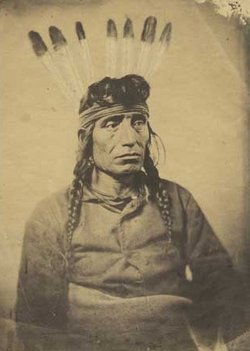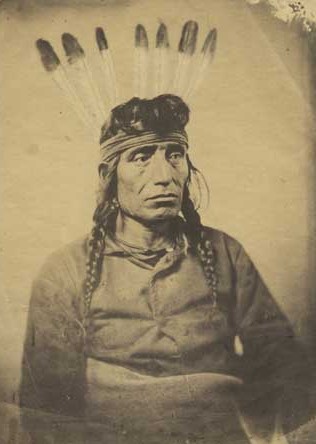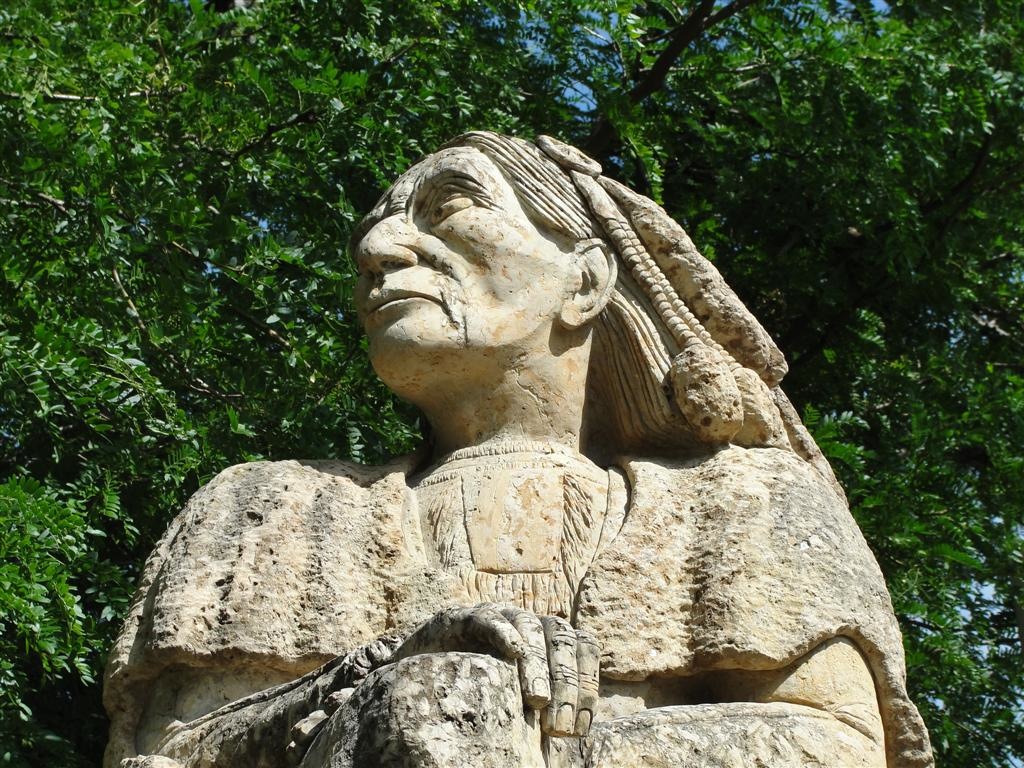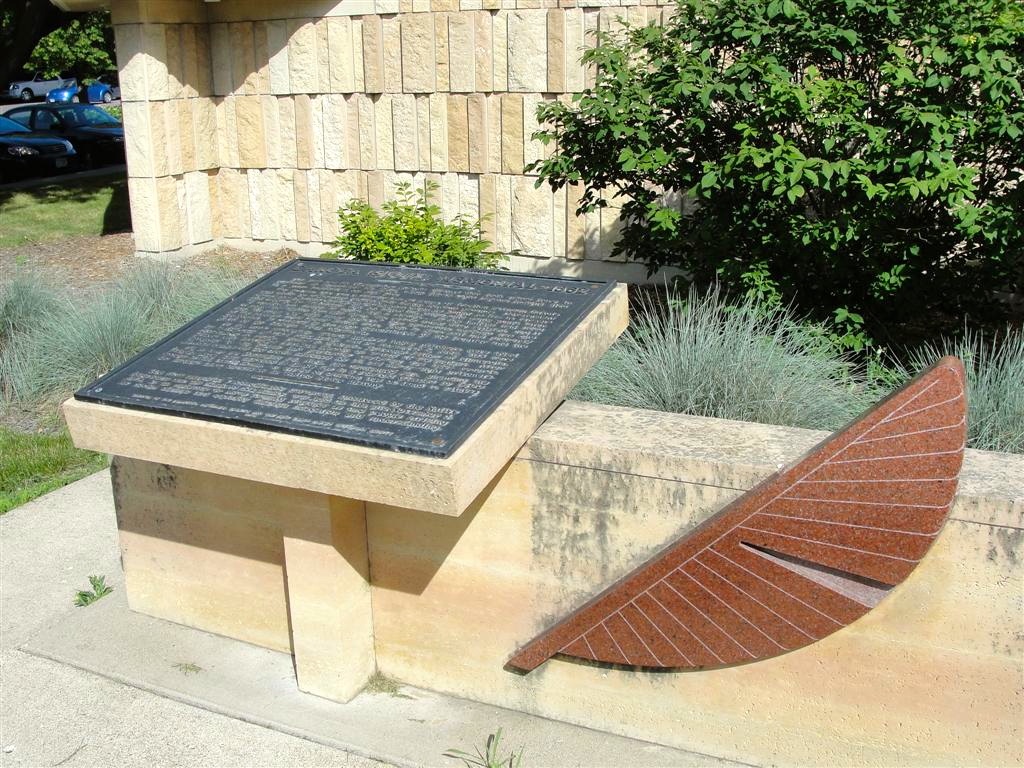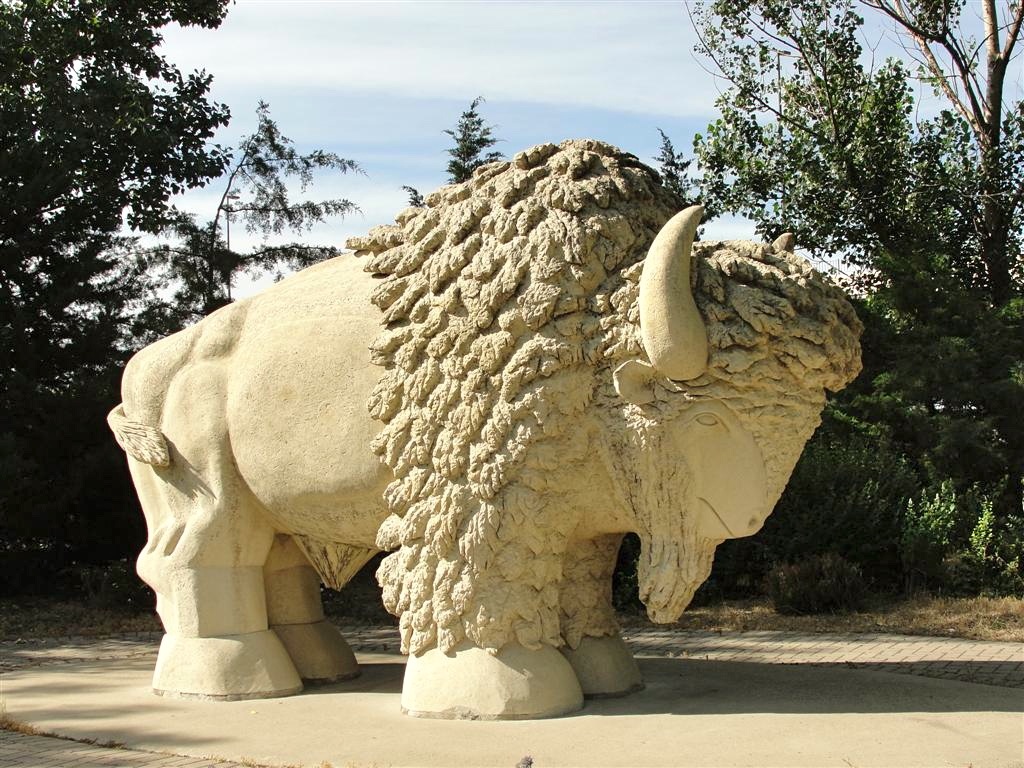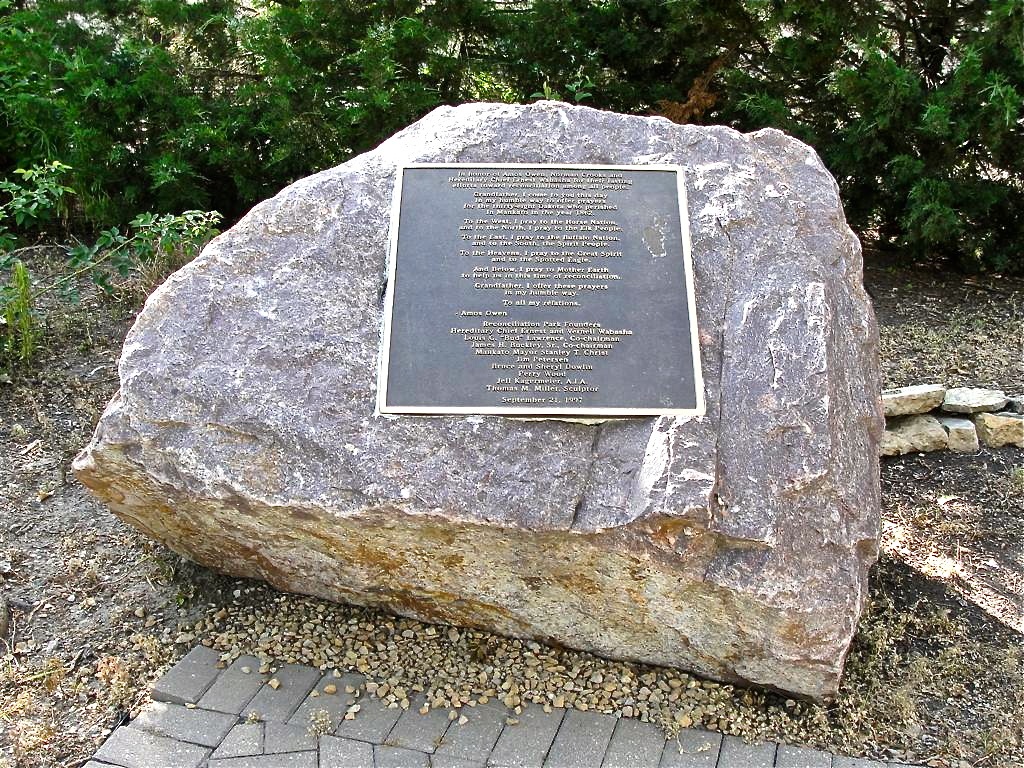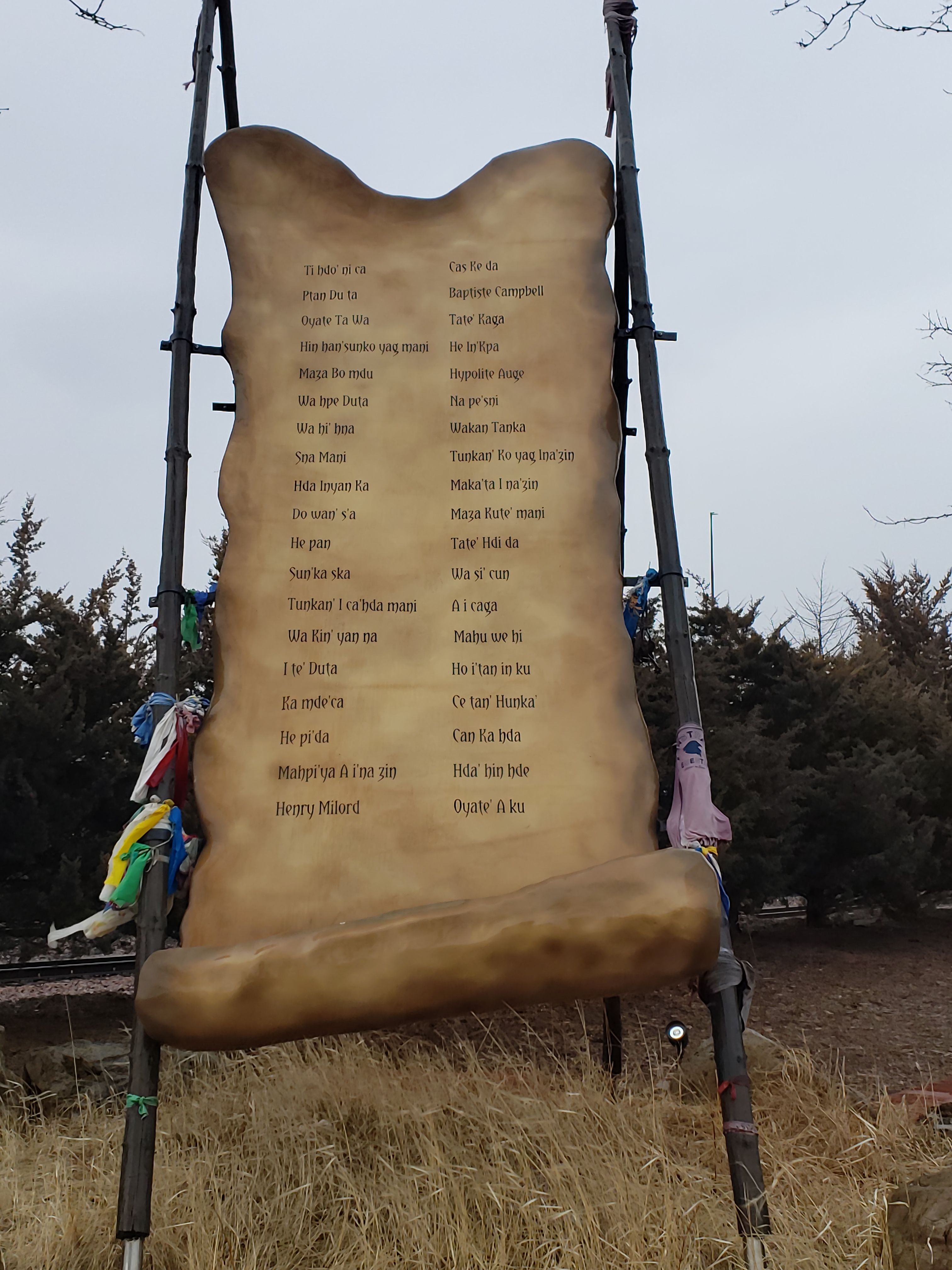Second in command under Chief Little Crow, he was the leader of the hostile Mdewakanton Dakota during the US-Dakota War. He led the attacks at Fort Ridgely (Aug. 21-22, 1862) and New Ulm. He was a key warrior, not only leading other warriors, but also killing as many settlers as he could, including several women and children. He was known for his fearlessness, ruthlessness and brutality during the war.
Sources:
Federal Register, Vol. 65, No. 100, Tues. May 23, 2000, Notices. Nearly 138 years after his death, remains of Marpiya Oki Najin were discovered by a museum in Michigan. Under the Native American Graves and Repatriation Act (NAGPRA), the remains were returned to the Dakota tribe and buried with the honors due a chief.
Whiting and Ruggles Report, Case No. 96. Mahpe-o-ke-na-ji. Convicted of the murder of Antoine Young, and of participating in the murder of another man, four women and eleven children.
Second in command under Chief Little Crow, he was the leader of the hostile Mdewakanton Dakota during the US-Dakota War. He led the attacks at Fort Ridgely (Aug. 21-22, 1862) and New Ulm. He was a key warrior, not only leading other warriors, but also killing as many settlers as he could, including several women and children. He was known for his fearlessness, ruthlessness and brutality during the war.
Sources:
Federal Register, Vol. 65, No. 100, Tues. May 23, 2000, Notices. Nearly 138 years after his death, remains of Marpiya Oki Najin were discovered by a museum in Michigan. Under the Native American Graves and Repatriation Act (NAGPRA), the remains were returned to the Dakota tribe and buried with the honors due a chief.
Whiting and Ruggles Report, Case No. 96. Mahpe-o-ke-na-ji. Convicted of the murder of Antoine Young, and of participating in the murder of another man, four women and eleven children.
Advertisement
See more Mahpi'ya A in'a zin or Cut Nose memorials in:
- Dakota Sioux Memorial - 1862 Mahpi'ya A in'a zin or Cut Nose
- Mankato Mahpi'ya A in'a zin or Cut Nose
- Blue Earth County Mahpi'ya A in'a zin or Cut Nose
- Minnesota Mahpi'ya A in'a zin or Cut Nose
- USA Mahpi'ya A in'a zin or Cut Nose
- Find a Grave Mahpi'ya A in'a zin or Cut Nose
Explore more
Sponsored by Ancestry
Advertisement
